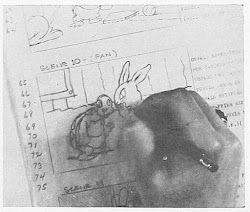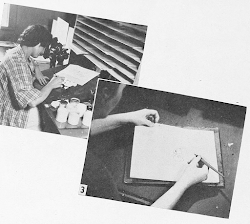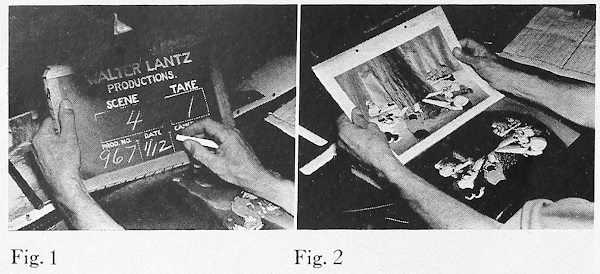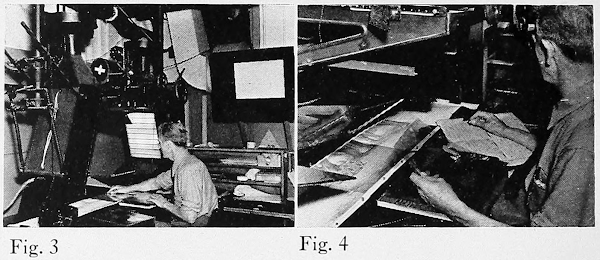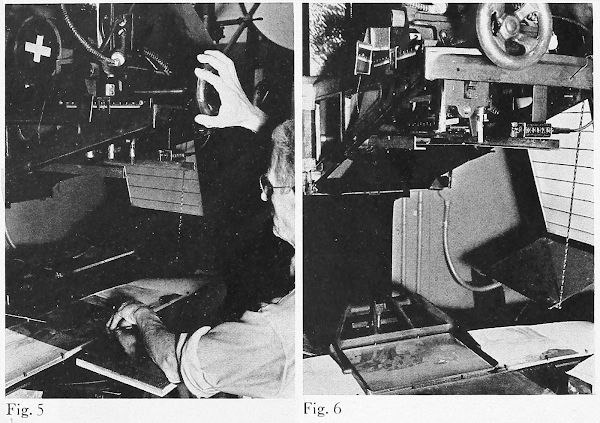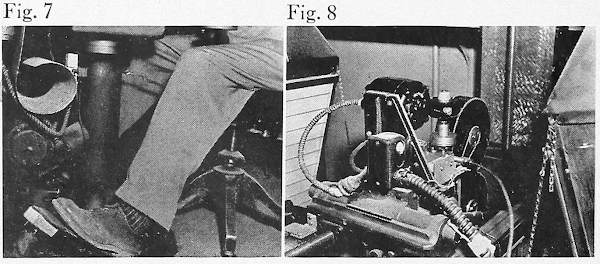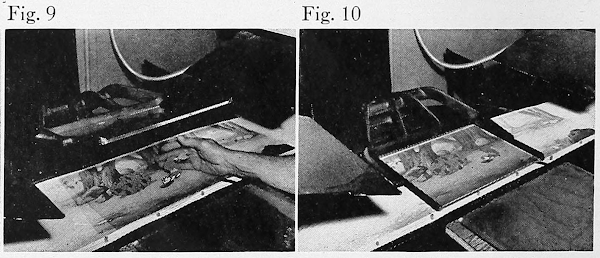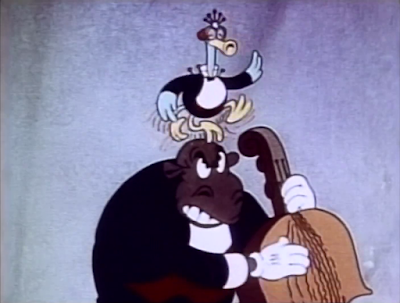 Maybe he was frustrated and just spouting off.
Maybe he was frustrated and just spouting off.
Jack Benny talked about quitting radio. Not in 1955 when his radio show ended; he wanted to continue but sponsor money simply wasn’t there. He talked about it in 1937.
Jack bent the ear of a newspaper syndicate columnist, musing of the easy life film stars had by comparison. How serious was he? It’s hard to say. Up until that time, Jack did okay in pictures because people loved him in radio. But the pictures really weren’t okay. They were full of radio stars in implausible situations with the bare bones of a plot. Acting wasn’t really much of a requirement. Other than To Be or Not To Be (1942), his future films are really “For Benny Fans Only.”
Let’s see what he had to tell the North American Newspaper Alliance. This version, thanks to the Barbara Thunell scrapbooks, comes from The Detroit News and contains additional copy about a vaudeville appearance he and Mary made in the motor city. I can find no reference to it in any paper or in the Benny vaudeville database. I can’t picture him making it up. You’ll notice this version of the Jack/Mary first meeting doesn’t mention the imaginary seder that showed up in later explanations.
Jack Benny, Dick Powell To Desert Air Waves Soon
BY HAROLD HEFFERNAN
Motion Picture Editor, North American Newspaper Alliance
HOLLYWOOD, Jan. 7.
Two of the most important names on the air waves are expected to fade out before the New Year gets much more of a start, leaving yawning vacancies to be filled by the radio programers. In both cases the movies may be blamed.
Dick Powell drops his connection with the soup business after the Hollywood Hotel air show Friday night so that he may give all his time to pictures. To be more specific, Warner Brothers Pictures. The studio also is reported planning an air show of its own, and wants Powell and Joan Blondell to be the dominant personalities in its weekly broadcasts over a national hook-up.
Surprising as it may seem, Jack Benny is the other radio deserter. Jack will finish his present contract, which runs about six or eight weeks, and then will give his all to the Paramount studio, where his two most recent appearances, in "The Big Broadcast of 1937" and "College Holiday," have been marked up as definite personal hits.
Benny, during the last few days, has made no secret of his desire to quit radio and devote all his time to pictures.
"The hardest job in the world is to be consistently funny, and when you set a certain standard you must duplicate or excel it week after week," he told this writer in announcing his determination to go off the air.
"From Monday to Sunday it is gag-thinking, gag-writing, rehearsals every day. There's no rest. One program is over and you start right in racking your brains about the next one. And you're wondering, forever wondering, whether one of your prized bits of so-called humor is going to score or flop with a dull thud. You can never tell about radio. The best gag in rehearsal may be the one that doesn't strike the real audience at all."
Benny thinks the average picture star with no radio tie-ups leads a grand life, and he is eager to throw himself and Mary Livingstone (she's the wife and the other half of the skit, of course) into the midst of it.
 "Picture making is on such a systematic basis nowadays that you know right where you stand. You get up at seven in the morning, report to the studio at nine, and you're through for the day at 5:30 or 6. That's more like a normal life. In radio and in the theater you're at it day and night. You never can let down for a moment.
"Picture making is on such a systematic basis nowadays that you know right where you stand. You get up at seven in the morning, report to the studio at nine, and you're through for the day at 5:30 or 6. That's more like a normal life. In radio and in the theater you're at it day and night. You never can let down for a moment. “Yes, I believe I would like to live the life of a movie actor. And if they’re willing to have me, it’s okay by me. It’s silly to make so much money, anyway. The more a professional actor draws the more slips out in taxes. It’s taken me a long time to figure the thing out, but if I cut down my work I think I’ll end up with more money, or at least a greater sense of personal security.
"Of course, we've had a lot of fun out of the radio; almost as much as the listener thinks we do while we're going through those silly skits. It's the constant build-up between those Sunday night shows that saps the strength and takes its toll on the nervous system."
For a couple of years before radio or pictures knew them, Jack and Mary Livingstone toured the vaudeville circuits as a "comedy double." They were accepted as one of the smartest repartee trading acts on the big time and always drew good money. But they had their troubles in getting over with all types of audiences.
Shortly after the Hollywood Theater opened in Detroit, Jack and Mary were booked in for the second spot on a six-act bill.
In theatrical parlance, they opened cold. Jack’s subtle little cracks, his chief stock in trade, left the first show spectators wondering what the act was about. There was no applause. Actors thrive on handclaps. Money is essential but not all of them are temperamentally fitted to face cold undemonstrative audiences a whole week through.
Less than an hour after the first show, Benny called Ben Cohen, manager of the theater, on the phone.
“I can’t play your house any longer,” said Jack. “I’m sorry to leave you in such a fix, but I’m sick. I have a very bad earache. If you insist on my fulfilling the contract, I’ll produce a doctor to show my earache is very, very bad.”
Cohen obliged by substituting another act, one that cost the theater much less and one that won many more laughs. It was just a case of Benny playing before the wrong audience.
Benny and Cohen met again on the Paramount lot a few days ago during the Detroit exhibitor’s vacation stay in Hollywood. They laughed as the incident was recalled.
“Yes, that was a very painful earache,” said Benny, “but funny thing, it cleared up over in Cleveland the following week. At least I was able to hear some applause over there.”
Mary Livingstone is a mighty important part of the Benny act. Each is dependent on the other for little tips and real soul-to-soul encouragement. Each is always a “lift” to the other.
Jack fell in love with Mary because she didn't talk, he admitted. She was a salesgirl in a Los Angeles department store when they first met. Benny and another actor had planned to step out after their last performance in a local theater, but at the last minute Jack's girl telephoned she couldn't make it.
His actor friend came to the rescue with the suggestion he bring the girl's sister to pinch hit.
"You won't care much for her, because she's so quiet," he told Jack. "Just sits and listens."
So it was arranged and Jack met Mary. Contrary to prediction, he liked her, and liked her more every time he saw her. Finally Jack went east to fill some stage engagements.
"It was the strangest courtship you ever heard of," Jack recalled. "Mary didn't write to me, and I failed to send her a message of any kind. Weeks passed and next thing I heard Mary was engaged to some chap in Vancouver.
“I got the news from Mary’s sister, who was on a visit to Chicago, where I was playing. My pride got a terrific jolt. Deep down in my heart, I loved Mary, but I didn’t realize how much she meant to me until I was told somebody was about to take her from me.
"I suggested to Mary's sister that Mary be asked to come to Chicago on a little trip before the wedding. She came and while there we fell in love. There was no mistake about it this time. "When I asked Mary what she was going to do about the Vancouver chap, she replied, 'Oh, I’ll cancel that.'”
Our wedding was set for the following Sunday, but I felt if we waited that long it might never transpire so we were married the next night on Friday.
"After the ceremony, when I knew Mary couldn't get away from me, I asked her how she came to walk out on me and become engaged to somebody else. She had a good answer.
" 'You walked out on me once,' she said."
“Then she told me the story of how she met me when she was 12 years old. It happened in Vancouver, B. C. With Zeppo Marx, a friend then playing in vaudeville on the bill with me, I attended a family party. Everybody sat around and talked—all except Mary, who was too shy to participate in the conversation. I was bored so, after awhile I excused myself and went home. But it seemed ordained that I should meet Mary again, and that I should marry her.”
And Jack’s pet name for Mary is “Doll,” probably because dolls don’t talk.

